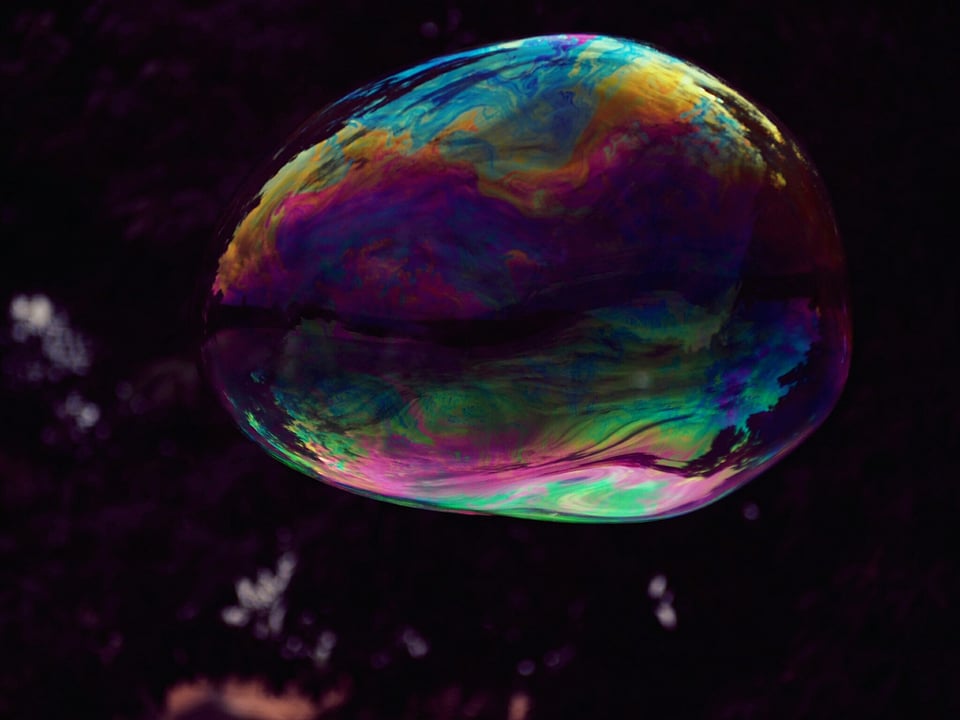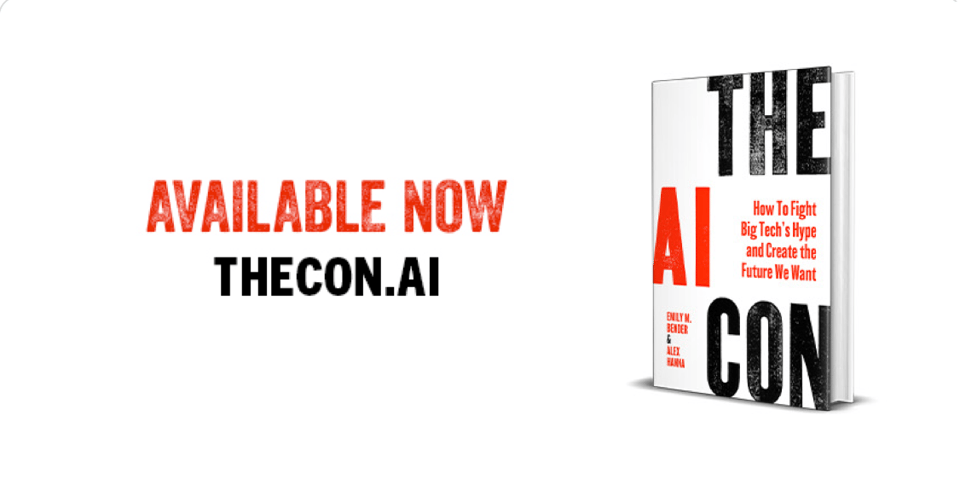The Grimy Residue of the AI Bubble
What kind of residue will the AI bubble's popping leave behind?
By Alex

Photo credit: Marc Sendra Martorell
Q2 earnings are in. According to Pitchbook data, venture capitalists put $27.1 billion into AI in the quarter--half of all VC investment for the time period. But the past few weeks have shown more and more organizations doubting the value of AI. The hype is starting to subside, it appears. The banking and investment giant Goldman Sachs, who at one point was estimating that a quarter of jobs would be exposed to automation, is now changing its tune and saying that the technology is nowhere near when it needs to be to replace jobs at that rate. In a new white paper, Daron Acemoglu, labor economist at MIT, has estimated that productivity gains from AI will be less than 0.53% over the next 10 years.
With the Goldman Sachs report, the hype bubble is losing gas, and quickly. On an investment call after its Q2 Earnings Report, Alphabet CEO Sundar Pichai was grilled with questions about when its big bet on AI--to the tune of $12 billion per quarter--would pay off. David Kahn at VC giant Sequoia Capital has written that AI firms need to turn something like $600 billion in revenue for the AI bet to pay off. It seems like both analysts and investors are starting to lose patience in the hype cycle.
As a principle, I don't like to say "I told you so". Not only because the victory lap doesn't do anyone justice, but more so because the destruction caused in the wake of private equity and venture capital's salad days won't recoup what's been wrought in the past several years of the AI hype cycle's rein. In a longer piece from last year, Cory Doctorow asked "What kind of bubble is AI?", comparing the technology to prior cycles of hype: dot-com and blockchain, NFT and metaverse. He says:
Tech bubbles come in two varieties: The ones that leave something behind, and the ones that leave nothing behind. Sometimes, it can be hard to guess what kind of bubble you’re living through until it pops and you find out the hard way.
Doctorow thinks that the residue of the bubble popping will be minimal--large models will no longer be cost-effective to train, but small open-source models will remain, adept for smaller, better scoped tasks. If that's all that the AI bubble leaves behind, then we'd be in a better place for society and science.
But I'm more pessimistic--and frankly upset--about what will be left behind once the AI bubble pops. Already, Google and Microsoft have sheepishly admitted that they are far from reaching their climate goals, due to the large investment in AI. Data center growth is putting immense stress on existing power grids, not to mention are turning literal Black bodies into grist for the mill for this insatiable machine. After the dust settles and NVIDIA has stopped churning out shovels (e.g. H100s) for the gold rush, what will be left behind? Will data centers go the way of shopping malls? Likely not--they'll be repurposed for other massive computing projects. But what about those climate pledges? Will they be continued to be kicked down the road? To 2050? To 2075? Likely to some time which is too little, too late.
It's not just the material infrastructure and the climate catastrophe, but the careers and industries which have been upset. Visual and conceptual artists have discussed how their work has all but dried up--to which OpenAI CTO Mira Murati wryly remarked "shouldn't have been there in the first place". In the gaming industry, there were over 10,000 layoffs in 2023 alone, and, in a survey of 3,000 workers in the industry, half of the respondents report that their workplace was already using AI. Generative AI has the potential to ruin what were stable careers--not because the technology can do the work effectively or as skillfully, but it can do it well-enough to make certain jobs seem to managers redundant or requiring less skill than before.
After the AI bubble bursts, where do these careers go? Managers and execs sure as shit aren't going to decide to hire back career workers to do the skilled work they once did. They'll have more contingent laborers, doing more with less. The residue of the bubble will be sticky, coating creative industries with a thick, sooty grime of an industry which grew expansively, without pausing to think about who would be caught in the blast radius.
